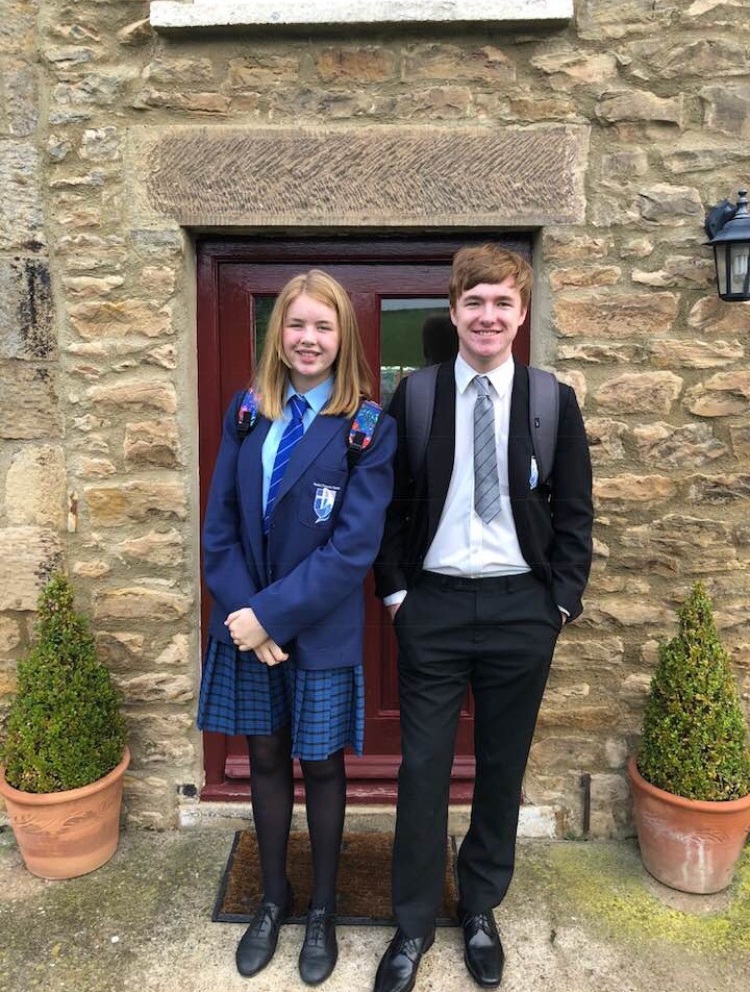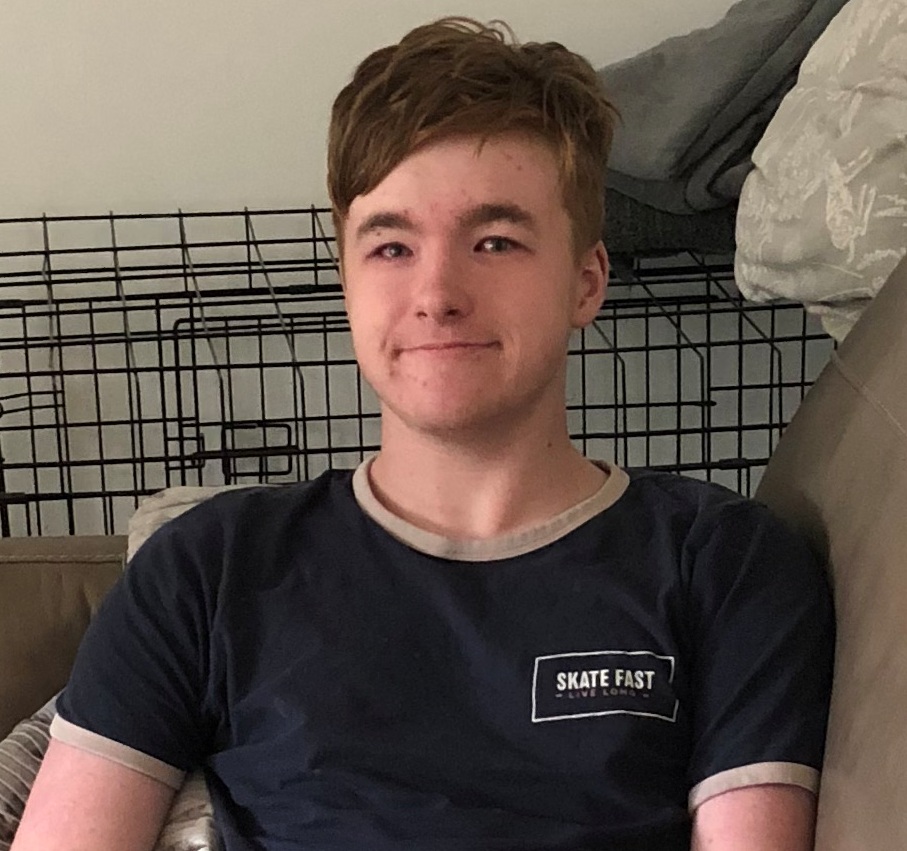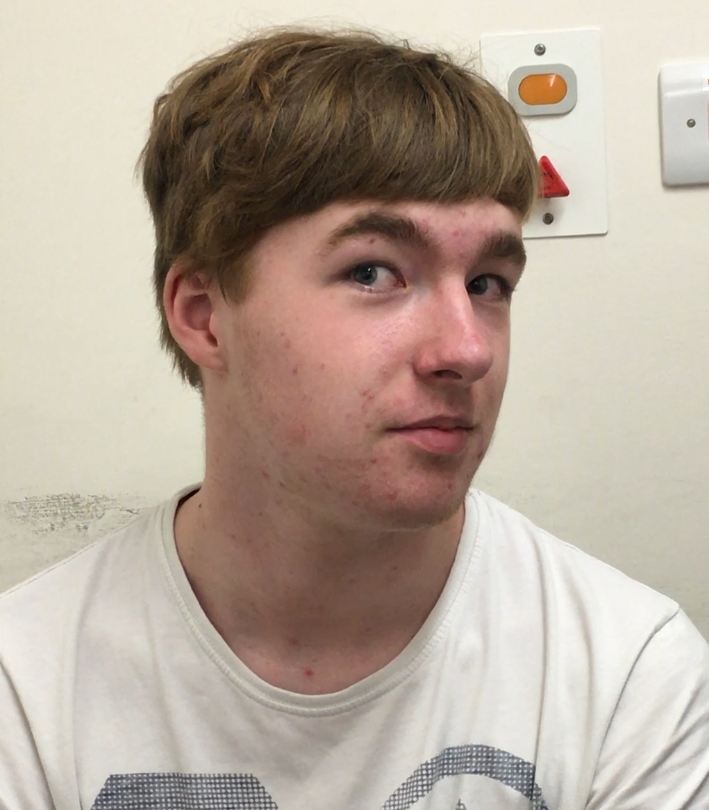Over the summer holidays we followed Harry’s progress as he underwent the Anderson Kestenbaum procedure to address the head turn associated with his nullpoint. Today we hear from Harry’s Dad, … Continue reading Guest post: Harry’s back at school!


Over the summer holidays we followed Harry’s progress as he underwent the Anderson Kestenbaum procedure to address the head turn associated with his nullpoint. Today we hear from Harry’s Dad, … Continue reading Guest post: Harry’s back at school!

Harry and his family continue their post surgery journey. Ian writes: On day 7 after the op Harry is able to open his eyes for longer periods, the blurry vision … Continue reading Guest post – Harry’s recovery from surgery continues

Harry has undergone the Anderson Kestenbaum procedure this summer to address his marked head turn. His Dad, Ian, has asked us to share their experiences. A few days after the operation … Continue reading Guest post – one week after Harry’s null point surgery

Ian is sharing his thoughts and experiences as his son undergoes Anderson Kestenbaum surgery this summer to address the head turn associated with his null point. In this post he … Continue reading Guest post – Harry’s null point surgery

Harry and his parents had many, many questions before finally deciding to go ahead with null point surgery. Here are just some of the questions the family asked, with the answers … Continue reading Guest post – questions for Harry’s consultant

15 year old Harry has undergone the Anderson Kestenbaum procedure this summer. Parents often ask what null point surgery involves. Thorough consultation with the ophthalmologist and the surgical team are key. … Continue reading Guest post – Harry’s null point surgery decision

This is Harry. He’s 15 years old. He has nystagmus and, as you can probably tell from the photo, he also has a fairly marked head turn associated with his … Continue reading Introducing Harry’s story